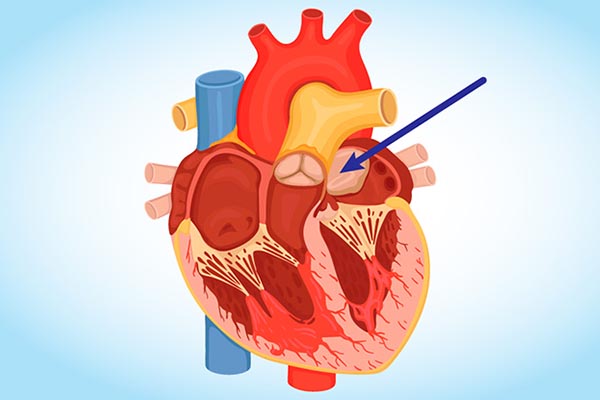When a Text Message Can Kill You: Understanding the Risks of Distracted Driving
April 26, 2023

Health & Wellness Tips
Related Articles
-
Health Article
![surgeons in operating room performing heart bypass surgery]()
What is Heart Bypass Surgery? CABG Surgery Can Be a Lifesaver
-
Health Article
![cardiac myxoma heart tumor diagram]()
Can You Get Heart Cancer? It's Rare, but Yes. Learn the Symptoms
-
Health Article
![Make your 2023 New Years Resolutions]()
5 Achievable 2024 Health-Related New Year's Resolutions
-
Health Article
![a hugging couple coping with grief during the holidays]()
Grief During the Holidays: Ways to Celebrate While Grieving
-
Health Article
![feet in socks by a winter fire]()
Health Tips for the Holidays: Strategies to Stay Fit and Jolly
-
Health Article
![When to Get a Flu Shot]()
When to Get a Flu Shot, According to Experts
-
Health Article
![How to Prevent Holiday Heart Syndrome]()
Holiday Heart Syndrome: Knowing the signs could save a life
-
Health Article
![A doctor speaking to her patient about medications for Parkinson's disease]()
Parkinson's Medication: Symptom Control, Improved Quality of Life
-
Health Article
![a woman in a plain white tshirt conducting a breast self exam in a mirror]()
Signs of Breast Cancer (That Aren't Lumps): Skin & Nipple Changes
-
Health Article
![a woman consulting with her doctor on breast cancer surgery options]()
Lumpectomy vs. Mastectomy: How to Choose a Breast Cancer Surgery
Back to Top













